Run-down places have been fascinating me ever since I can remember. Combined with industrial architecture, they are my favorite subject matter for photography. Within this post, I am going to show you the results of my 2021 fall / winter project: abandoned, ordinary and sometimes ugly places I found in my greater neighborhood in Hannover, Germany. All in all I have picked a selection of 18 images I want you to see.
Introduction
For some time, I have established a personal ritual. During the pre-Christmas period, I grab two of my favorite photo books and study them thoroughly. These books are the ones published by New York-based artist Jan Staller, Frontier New York and On Planet Earth. Both of them contain photographs (mainly) in the square format: photos of industrial areas, construction and demolition sites, elevated highways, military facilities and so on. All of the sites are presented as more or less shabby corners. I find these pictures greatly inspiring and they never fail to push me outside. One reviewer of Planet Earth describes Staller’s photographs very pointedly: as if we would encounter the ruined landscapes of our planet like aliens.
Think about that: what an appealing task, to cut the beauty out of the ugly – or even more demanding – out of the ordinary! Oftentimes, some diamonds lie just ahead of you. Like the owl, which the sculptor simply has to carve out the big wooden block. So let the objects in front of you interact with each other or separate them; include things to your frame or push them out – just by changing your position and distance. It’s a concert and you’ll be the composer!
How to Find Run-Down Places
Let me first explain to you what I mean with run-down places. I understand this term in a broader sense. For me, these are not only abandoned houses or disused structures. I also count places that don’t look new or shiny (anymore). Places that are not meant to please people, places where you normally would not stay longer than necessary. Maybe it sounds contradictory, but for me this definition also includes emerging places not yet ready to accommodate people, like construction sites.
In general, I discover the most interesting subjects in areas with industrial facilities or other utilitarian buildings. Without the purpose to represent or sell, there is a good chance to find some filthy corners. Sometimes I use Google Maps to scout conveniently from my desk, and sometimes I just ride my bicycle through the streets. However, it helps me to have a specific destination in mind, to get me started in the first place. Interestingly, random opportunities pop up quite often – and they often make my day, not the planned destinations.
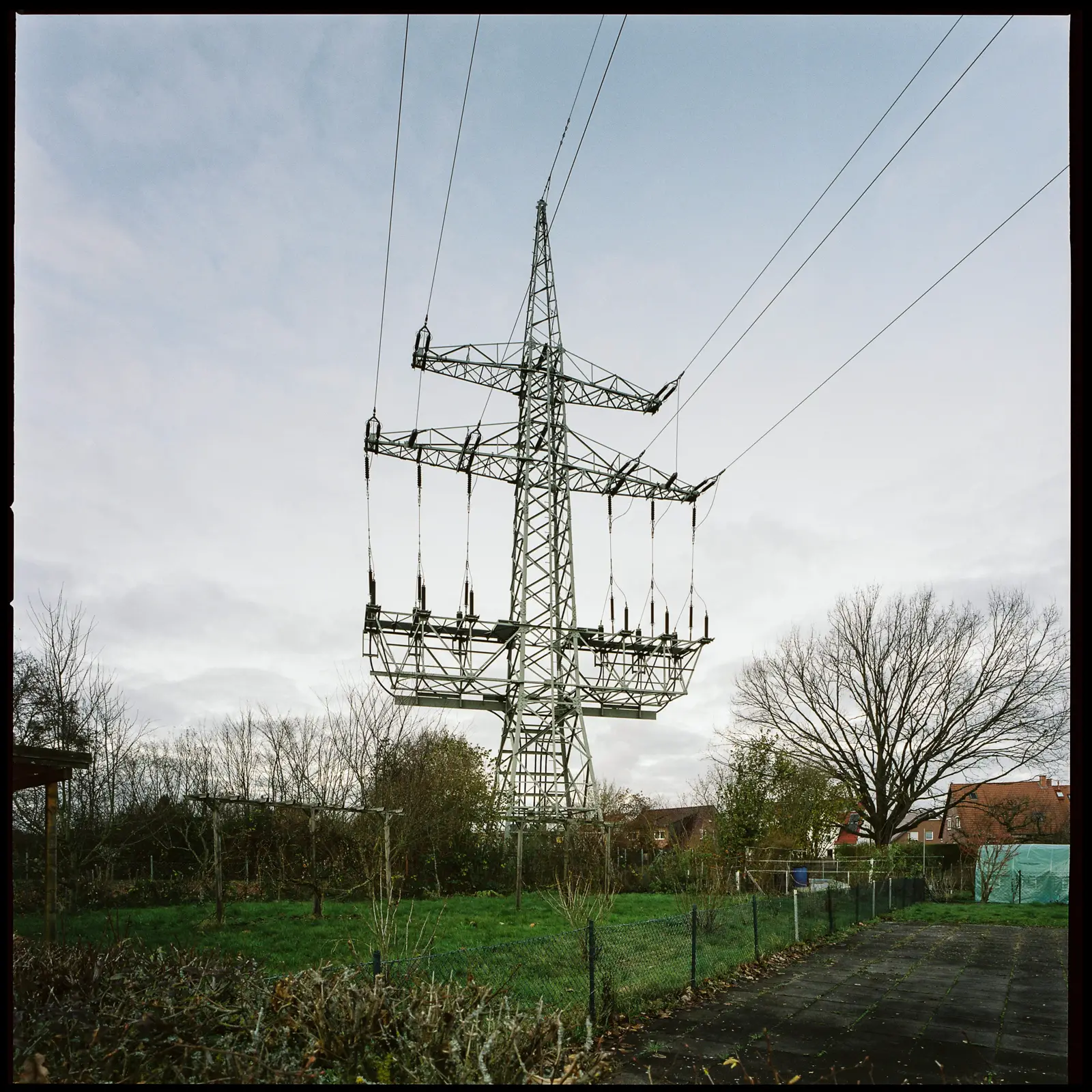
Some Words on the Role of Light and Weather
When taking photographs, there are normally plenty of weather and light conditions to deal with. Some of them I personally like a lot, others occasionally – and some I almost always disregard. For run-down places, I really prefer what is normally referred to as “bad weather”. I’ll give a short overview in the following section.
Sunshine
Well… Back then when I started photography a decade ago, I thought sunshine was the only suitable condition to take proper pictures. Oh, this has changed completely! Today, direct sunlight with its accompanying harsh shadows puts me off most of the time. I think this is strongly connected to the subject matter. Intense sun fits a Mediterranean seaport or any place in southern California – but does it fit a town in northern Germany? This often feels like a postcard cliché to me. Of course, every rule has its exceptions and you have to make things work for you. But I haven’t really made peace with sunshine yet.
Overcast Sky
In general my favorite weather to shoot. Overcast skies render objects soberly and unpretentiously – and forget any pronounced interplay between light and shadows. Especially during the winter months, after the trees have lost their leaves and most colors are absent, gray skies convey a subtle melancholy. To shoot under an overcast sky is also probably the easiest way as the light (almost) doesn’t change with time. And as there are no backlit subjects, you can carelessly point your camera in any direction. Given these conditions, I often burn through one or even two films during a single trip.
Overcast Sky and Rain
Difficult. You have to protect your camera – and yourself – against the water, droplets can cause blurry spots and therefore ruin your picture (if the effect is not intended). In most circumstances, I really dislike the stark contrast between the rather bright sky and the dark wet ground. Up to now, I have shot only a handful of rain pictures I’m satisfied with. Fortunately, this changes after sunset: wet surfaces will then reflect all kinds of light sources (street lamps, neon signs etc.), adding an extra punch to the image. Sometimes, this seems to me as a shabby corner would apply some lipstick and eye gloss.
Dusk and Dawn
Fantastic. These rather short-lasting transition phases provide a whole bunch of different nuances. Particularly the point when daylight and artificial lights are perfectly balanced often leads to great photographs. With my rather slow camera and complicated process, I obtain at best two or three shots at dusk or dawn. (Anecdote: I remember an occasion on which I took a photograph of a steel bridge running above a water meadow. As I was really unsure whether the photograph would turn out or not, I decided to take a second shot. But meanwhile the light had faded so quickly that the meter already read an exposure time of 30 min. For the first shot I just finished, the meter reading had been 4 min!)
Fortunately, there are two twilight events each single day (at least where I live) – so plenty of opportunities during the year. But depending on the annual cycle, the twilight can force you to get up very early or stay up long, respectively.
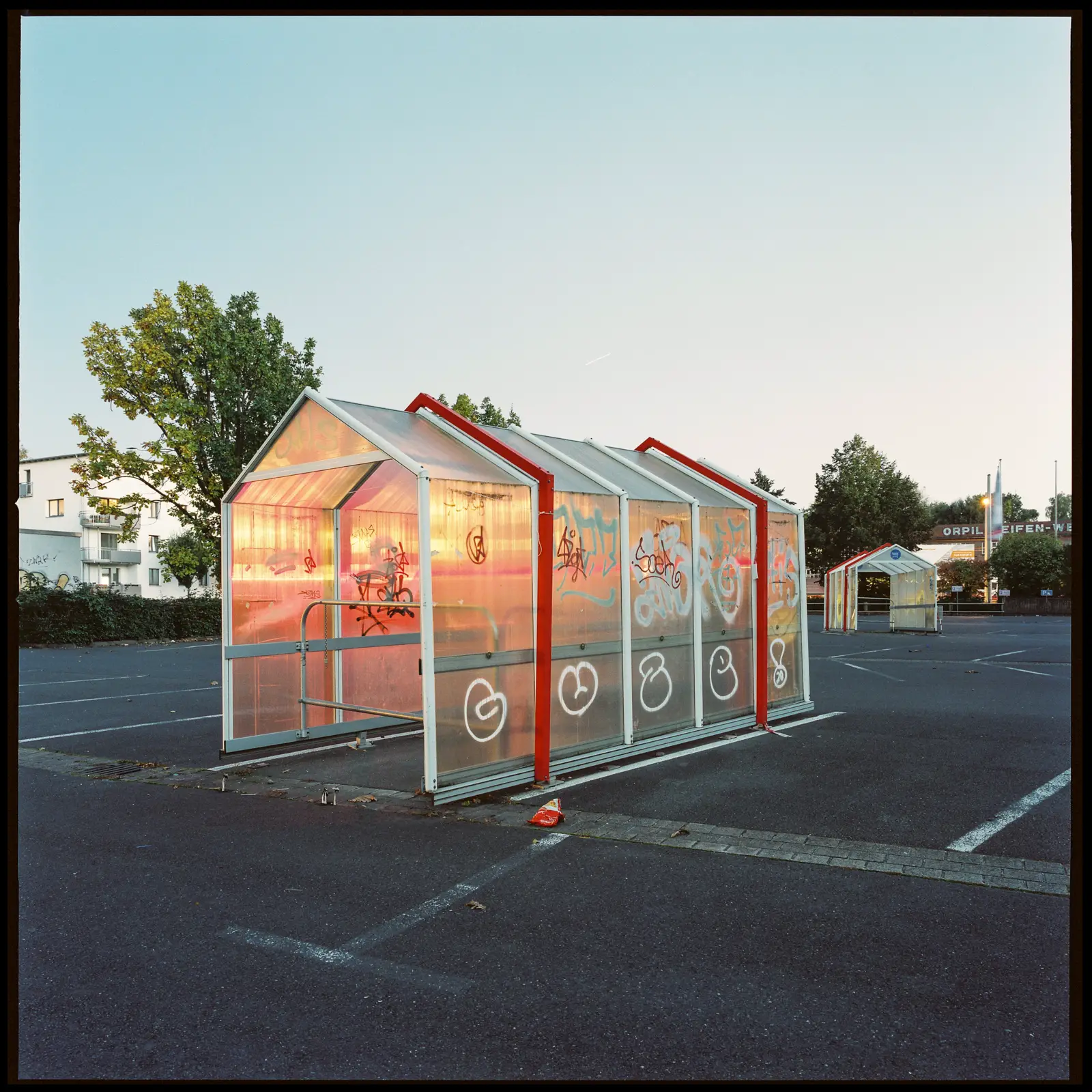
Night
A whole different world, very rewarding – but also very demanding. Depending on the camera settings and the abundance of light sources, exposures can consume a lot of time (for instance, read Bill’s experiences). My longest one took me about an hour, but some crazy star trail chasers invest up to eight hours into a single shot. Because film (or any other light sensitive device) constantly accumulates photons during the exposure, there is one point when it sees more than your eyes can do. Surprises granted!
Special Conditions (Fog, Snow)
Where I live, conditions like fog or snow rarely occur. In some years, only a few days are affected – if any. Unfortunately, such conditions are often difficult to foresee and also rather short-lived. If they occur, they occur mostly at the wrong time (when I have to work or when I’m still sleeping, for instance). But if I’m able to use fog or snow in my favor, this turns out extremely cool.
Run-Down Places: More Images
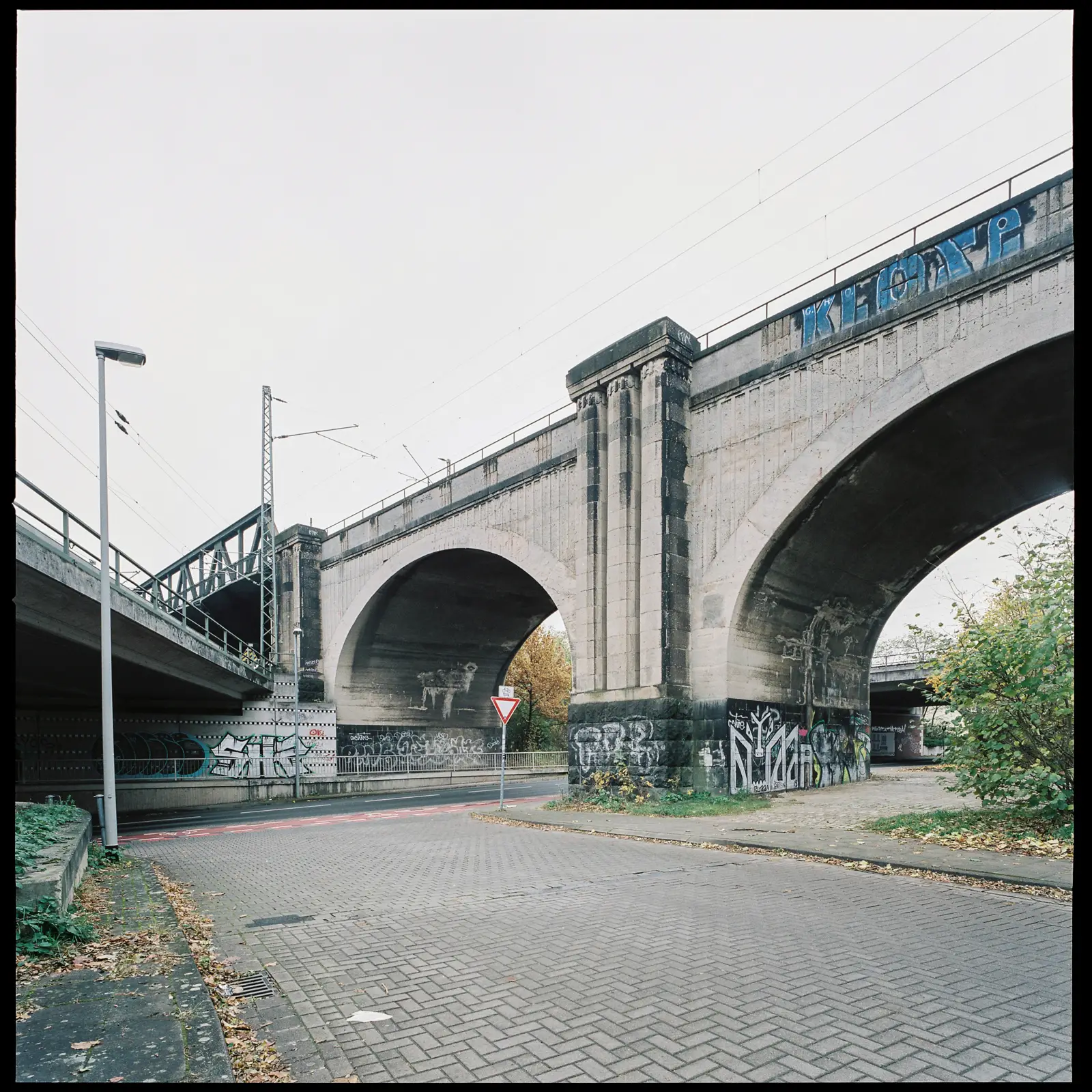
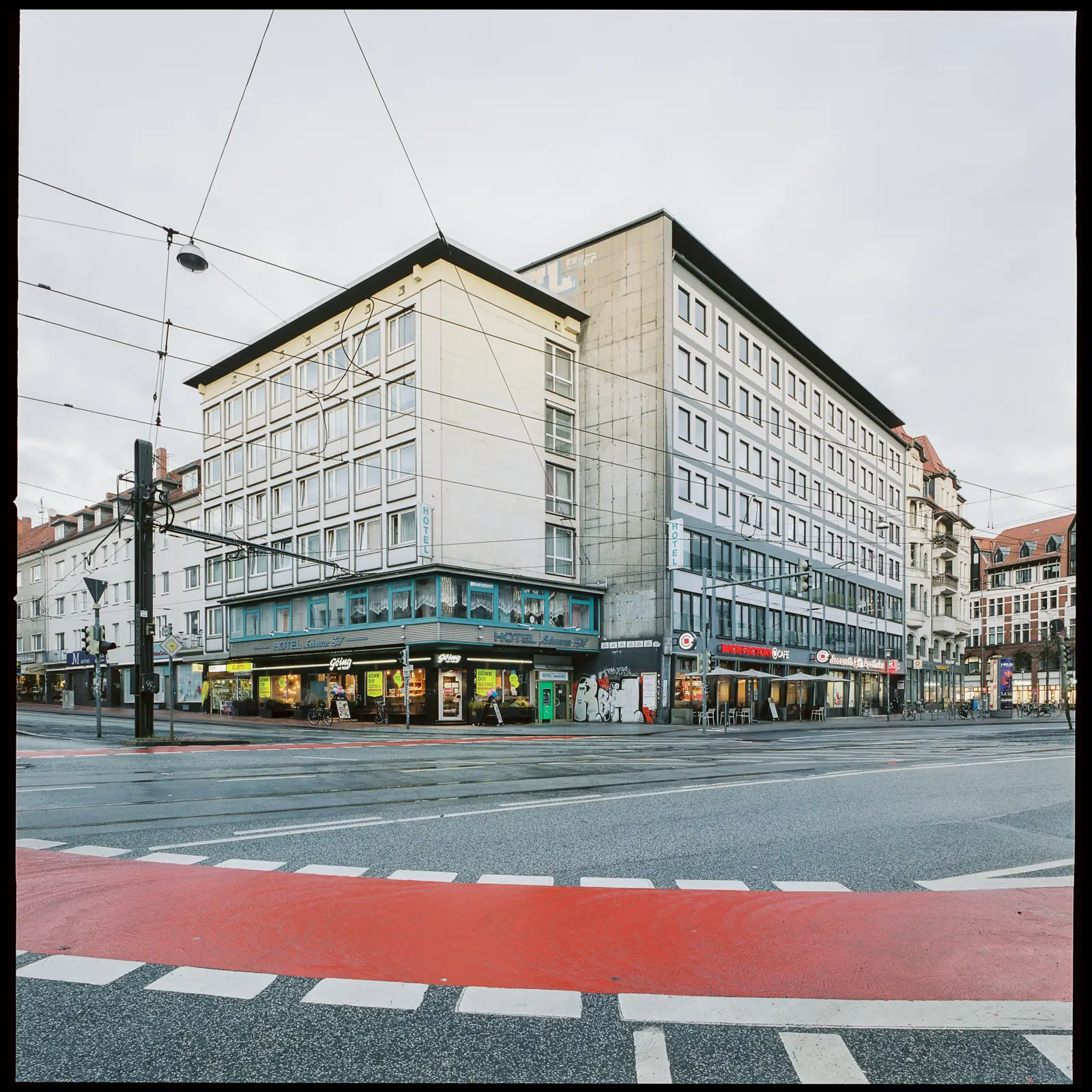
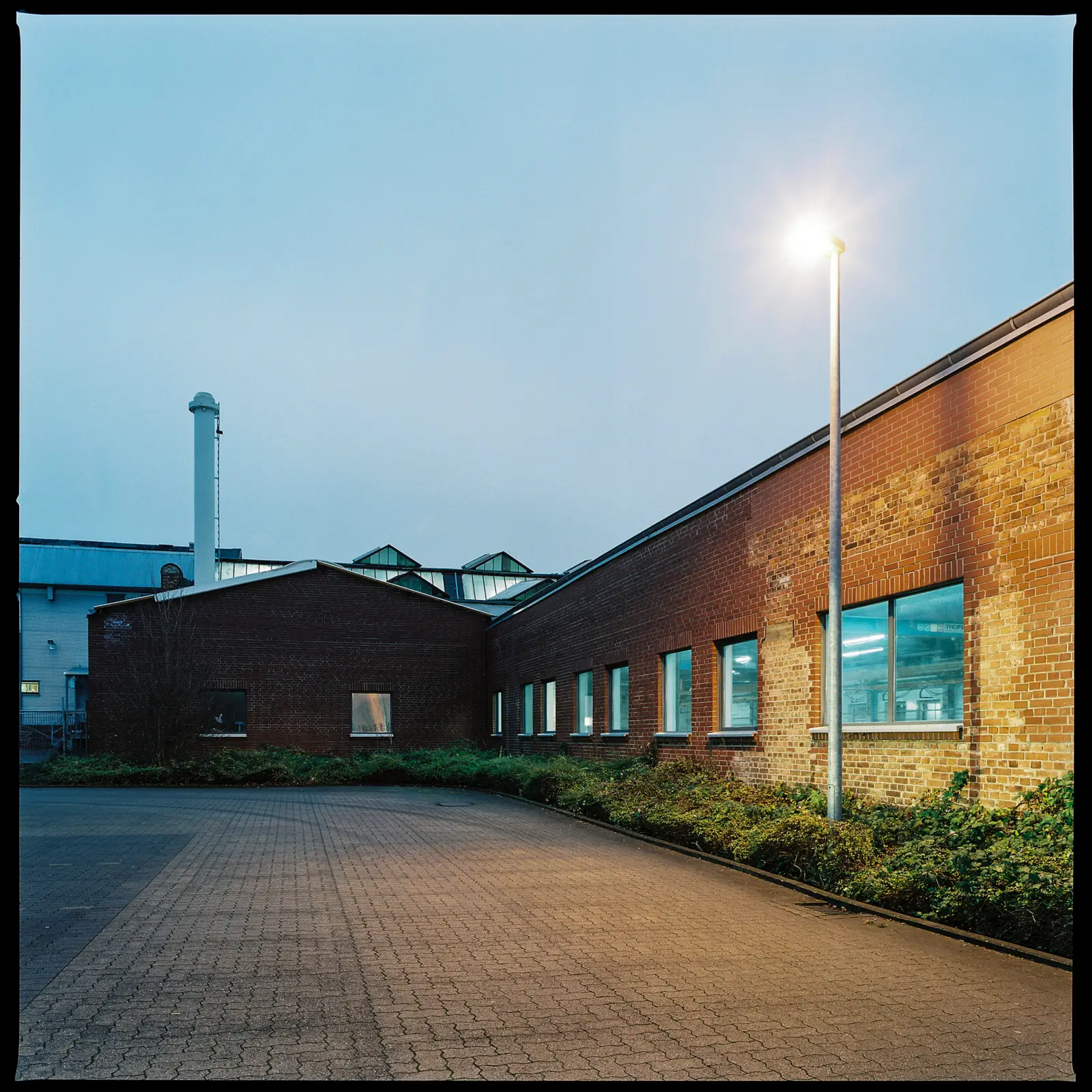
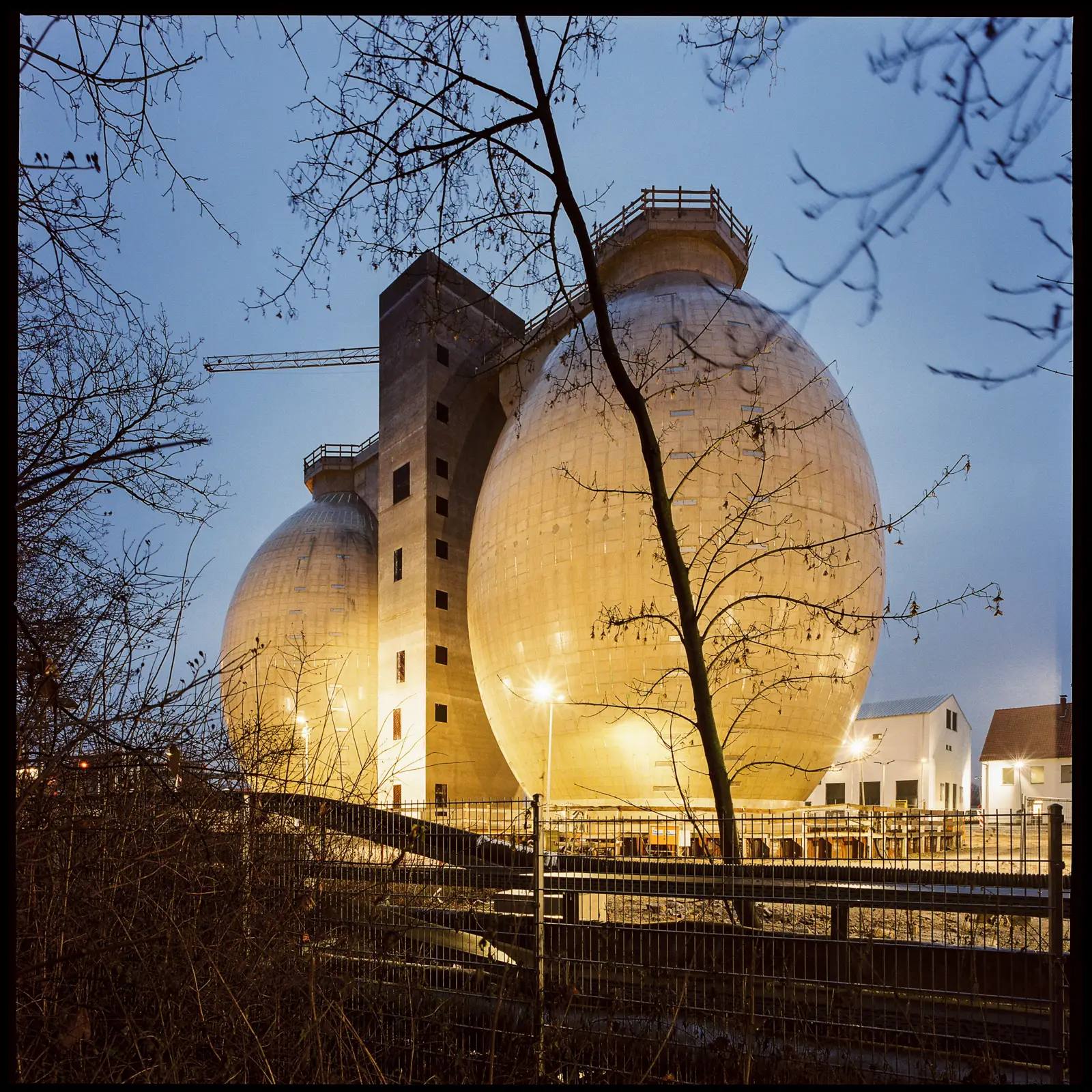
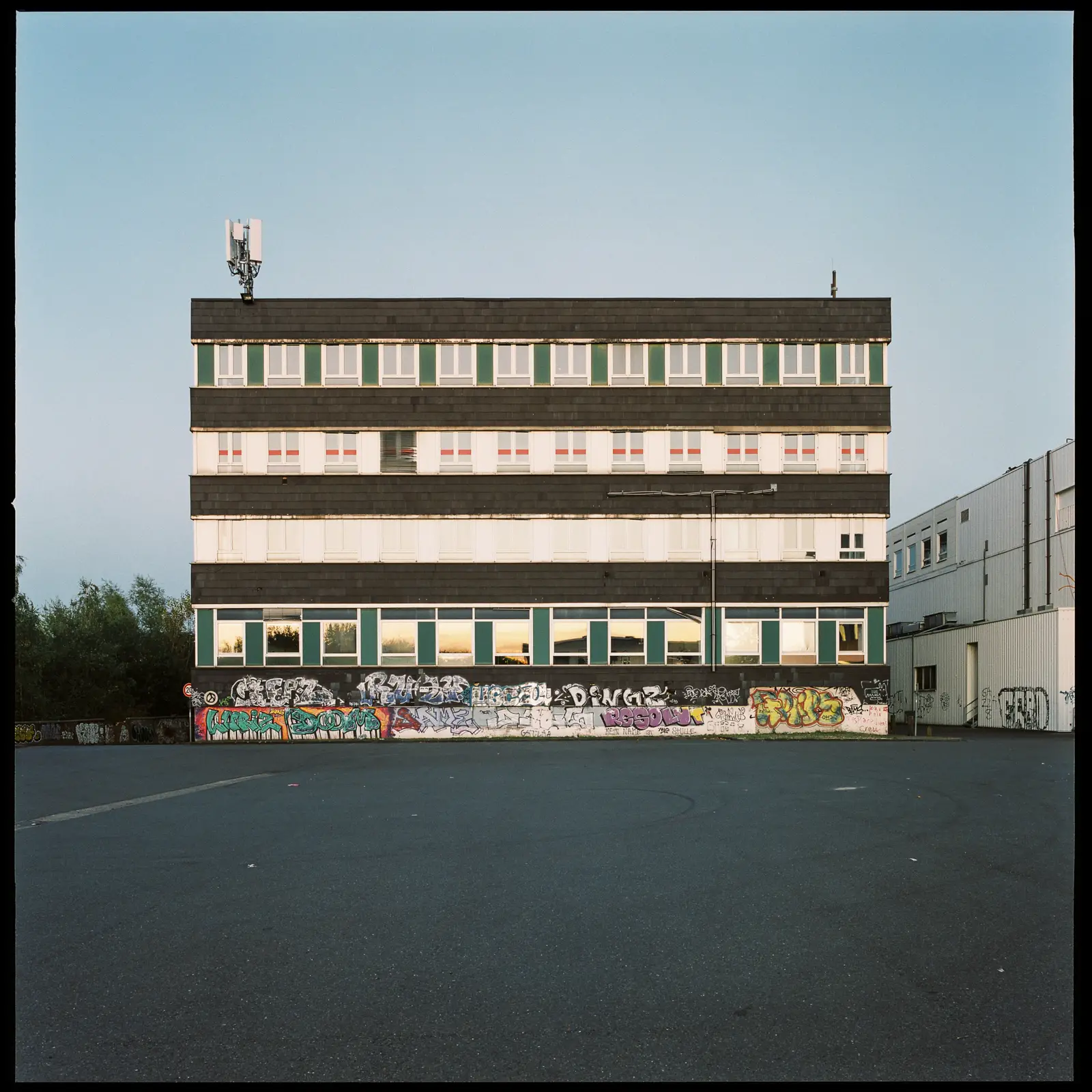
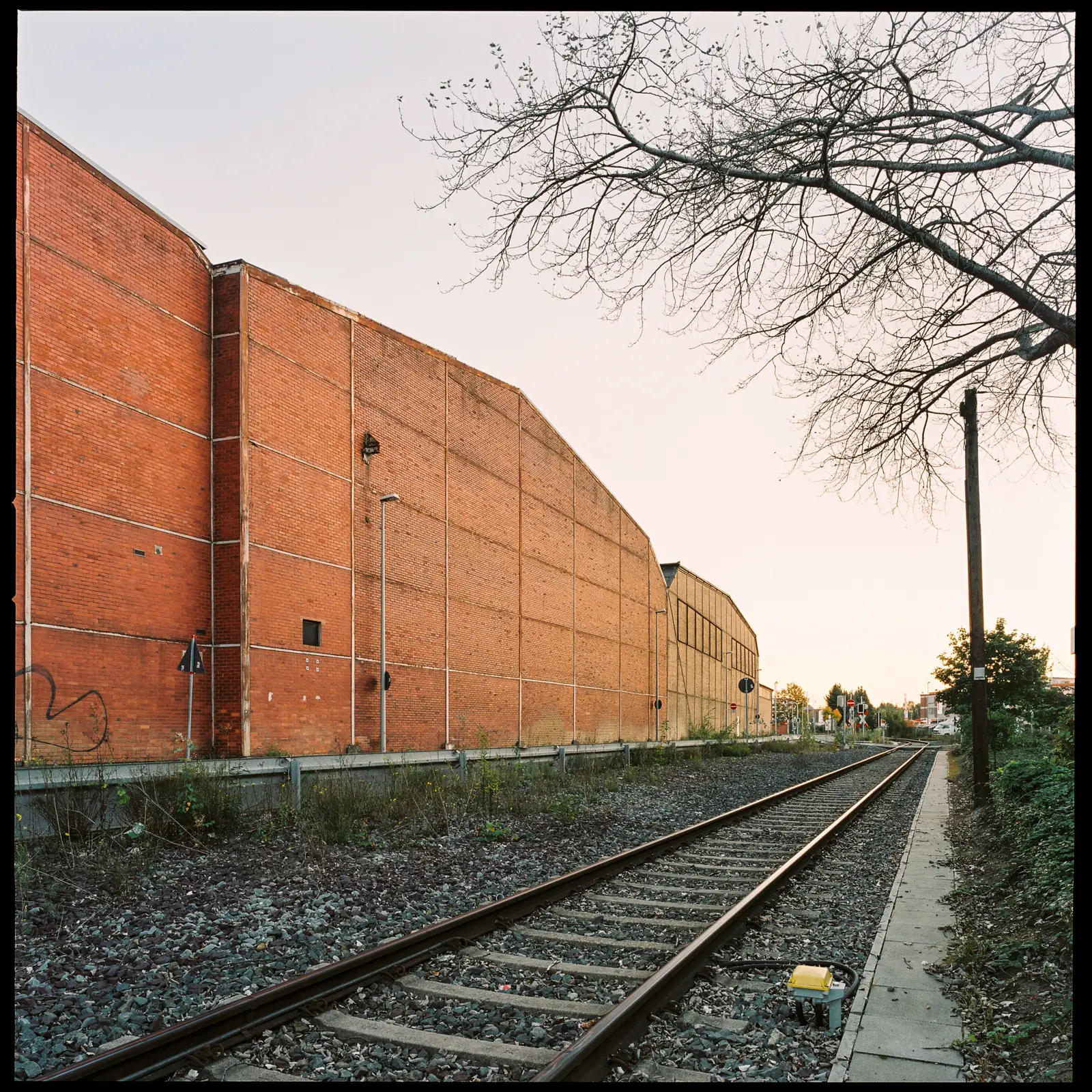
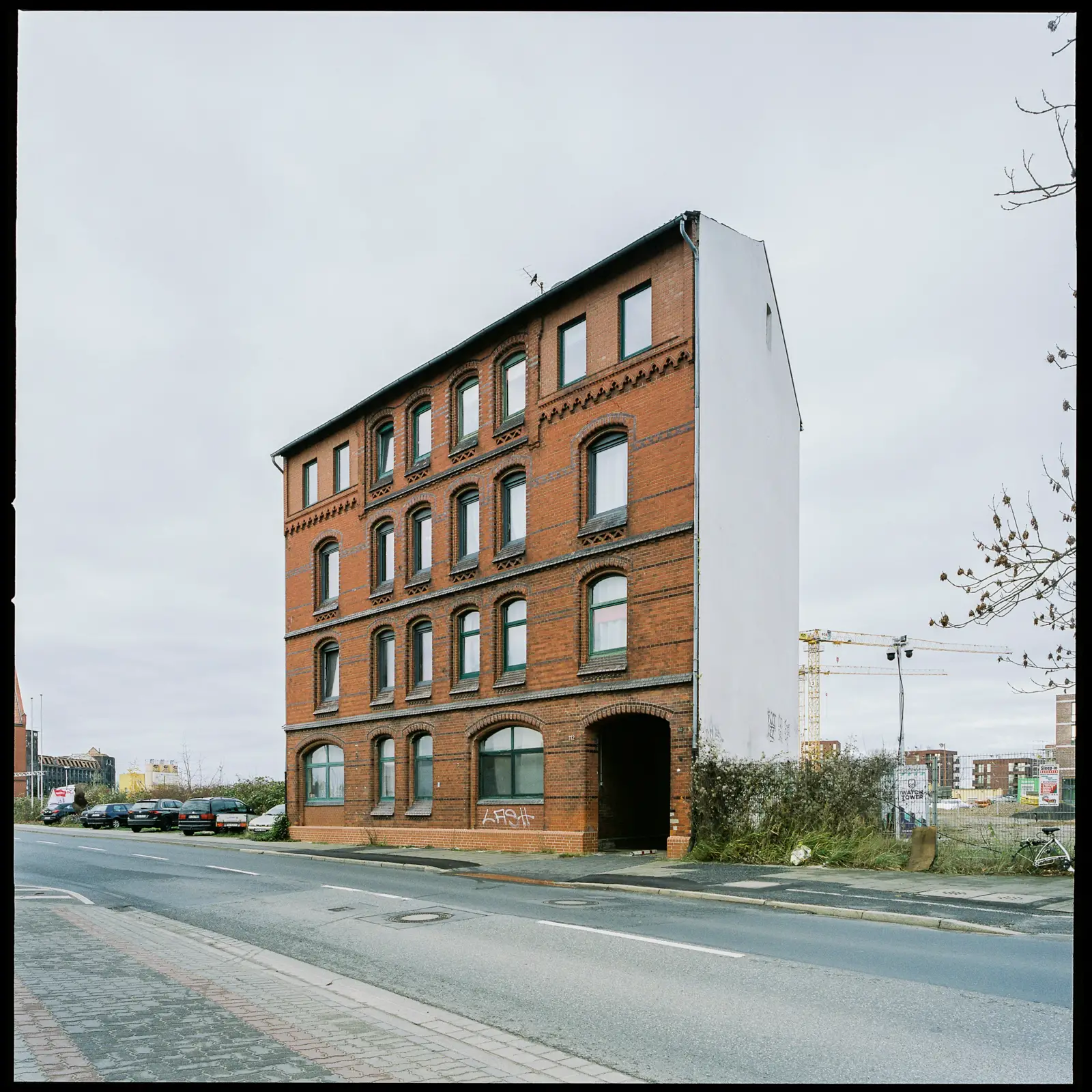
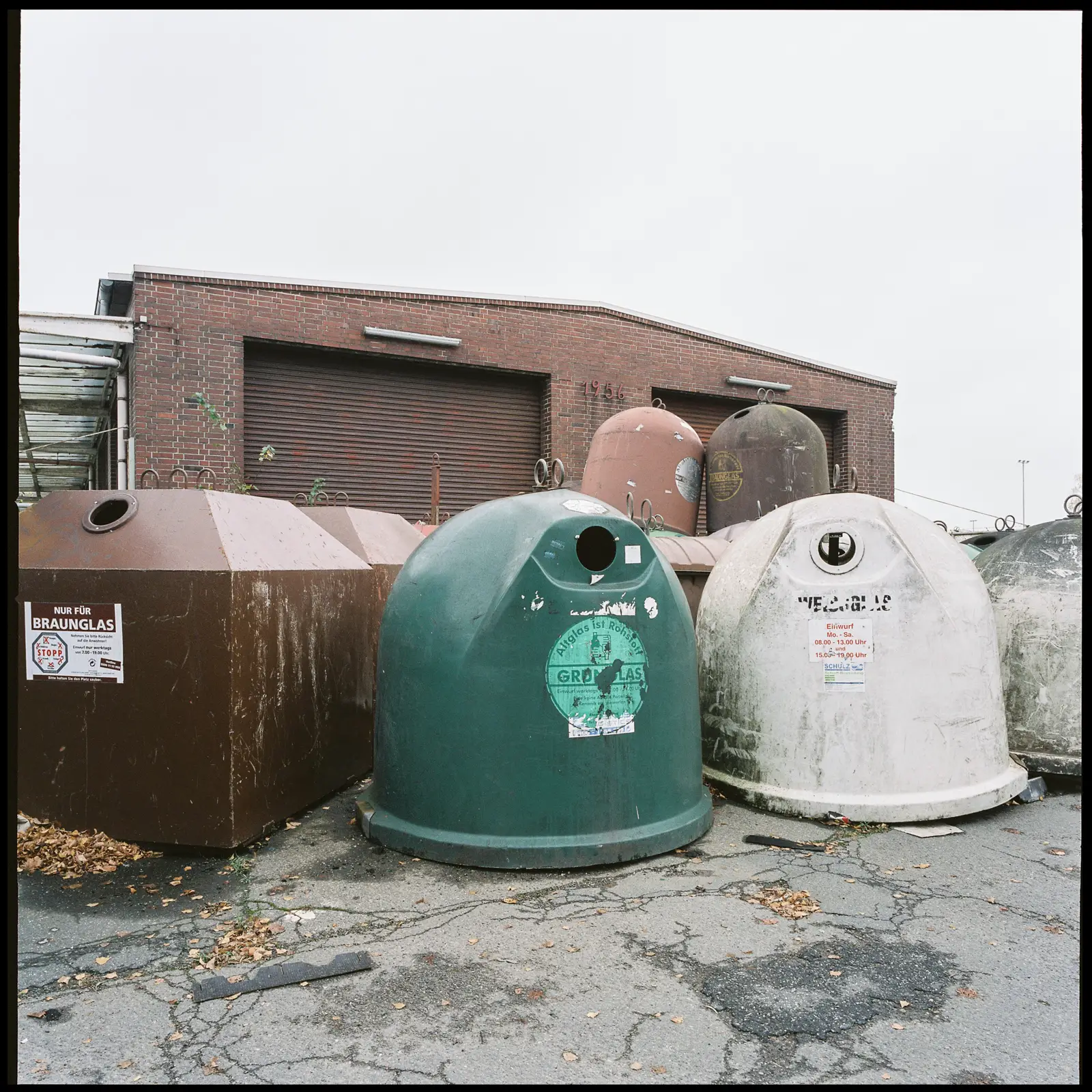
Technical Notes
For my run-down places project, I used a Hasselblad ArcBody exclusively. This is a small and lightweight view camera that allows perspective correction; it employs the popular Hasselblad V backs, which provide 12 frames on a 120 film. I own a 45mm as well as a 35mm lens for this camera, which are pretty wide with regard to medium format. Handy, as these lenses help me to fit almost any subject into the frame.
All images were shot on Fuji Pro 400H color negative film. I have chosen Pro 400H as my standard material: it is a rather fast film and has good reciprocity characteristics, which I really appreciate for my dusk and night-time shots. Furthermore, it is a welcome change to the prevailing Kodak Portra, at least for me. As we all know, Fuji sadly discontinued this film recently. Therefore I had stocked up a bit, currently there are still sitting five 5-packs in my freezer. This amount should provide exactly 300 further frames – enough to keep me busy for at least two winters.
Depending on the conditions, exposure times ranged from half a second up to ten minutes. Therefore, the use of a tripod was inevitable. (And the ArcBody is not meant be used handheld.)
I commissioned Carmencita Film Lab in Spain with developing and scanning the films. On request, they scan the images including the black frame borders, which I really appreciate!
And Even More Images of Shabby Corners
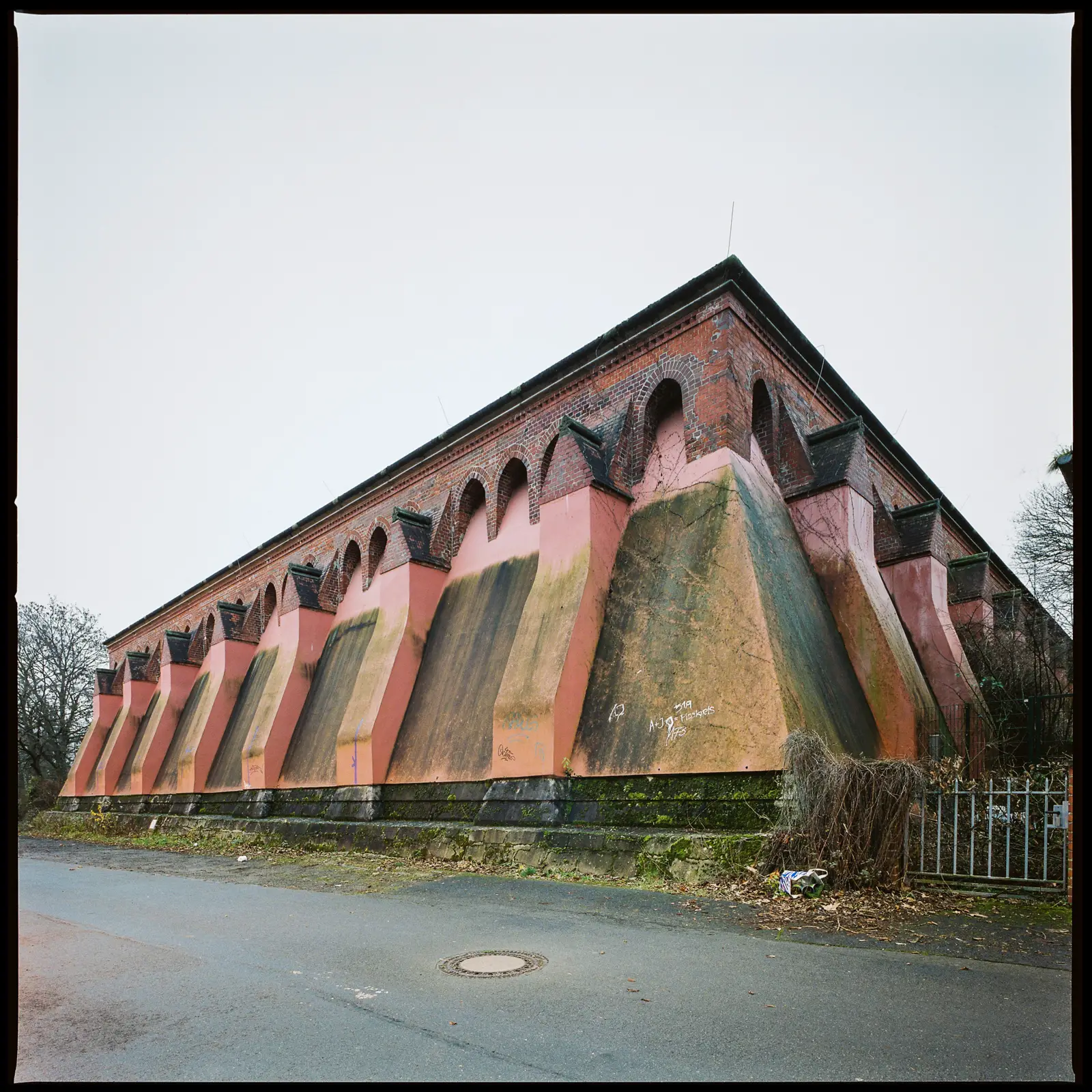
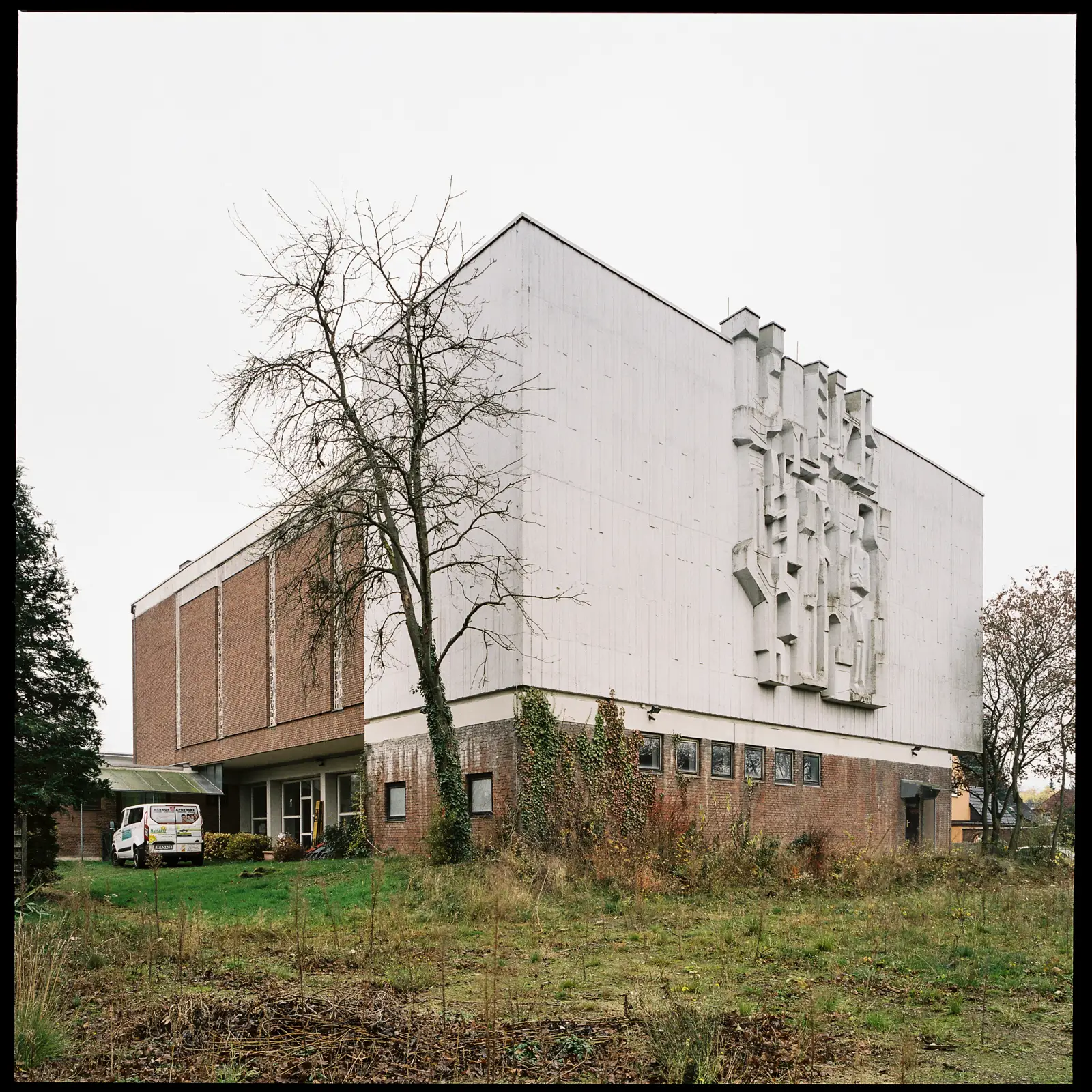
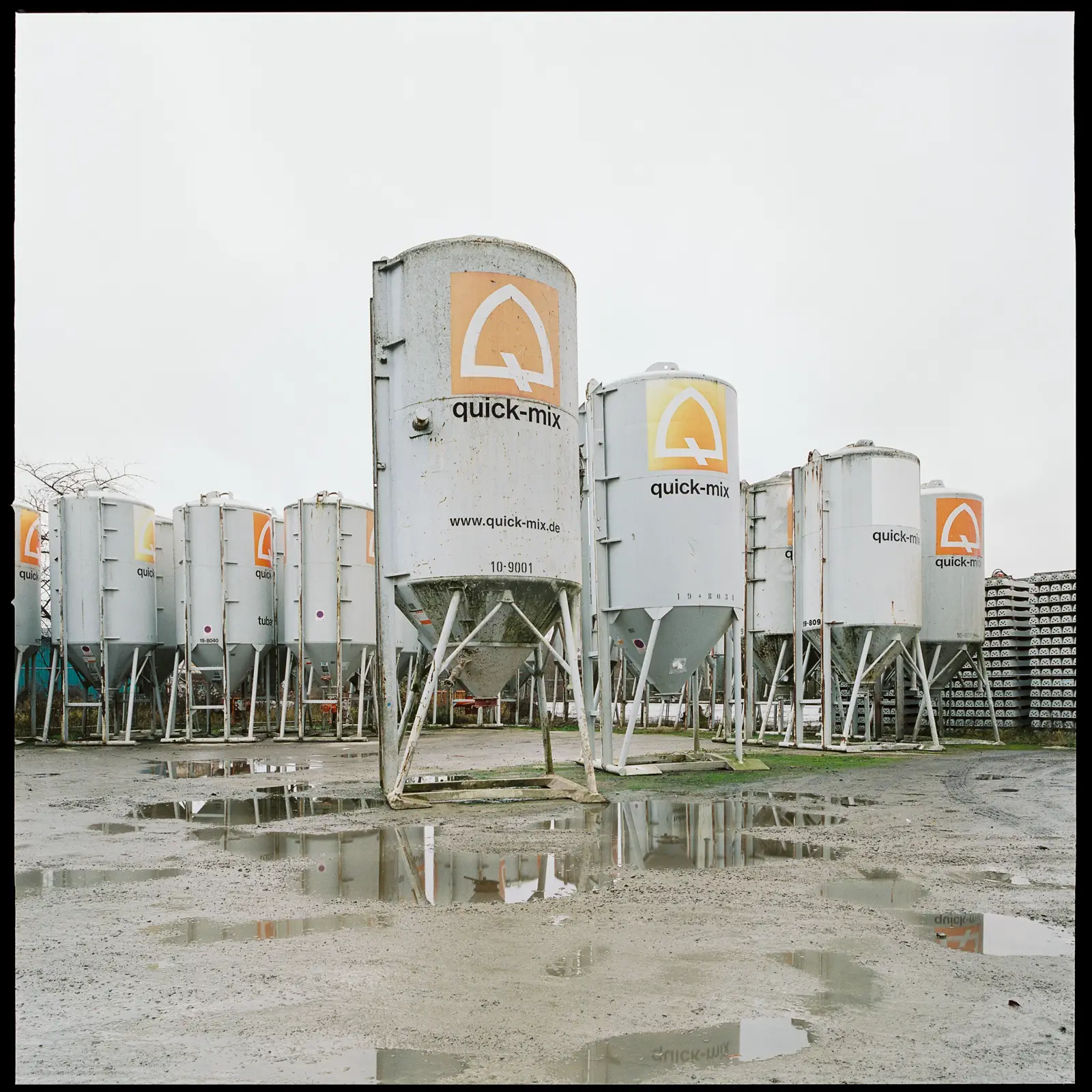
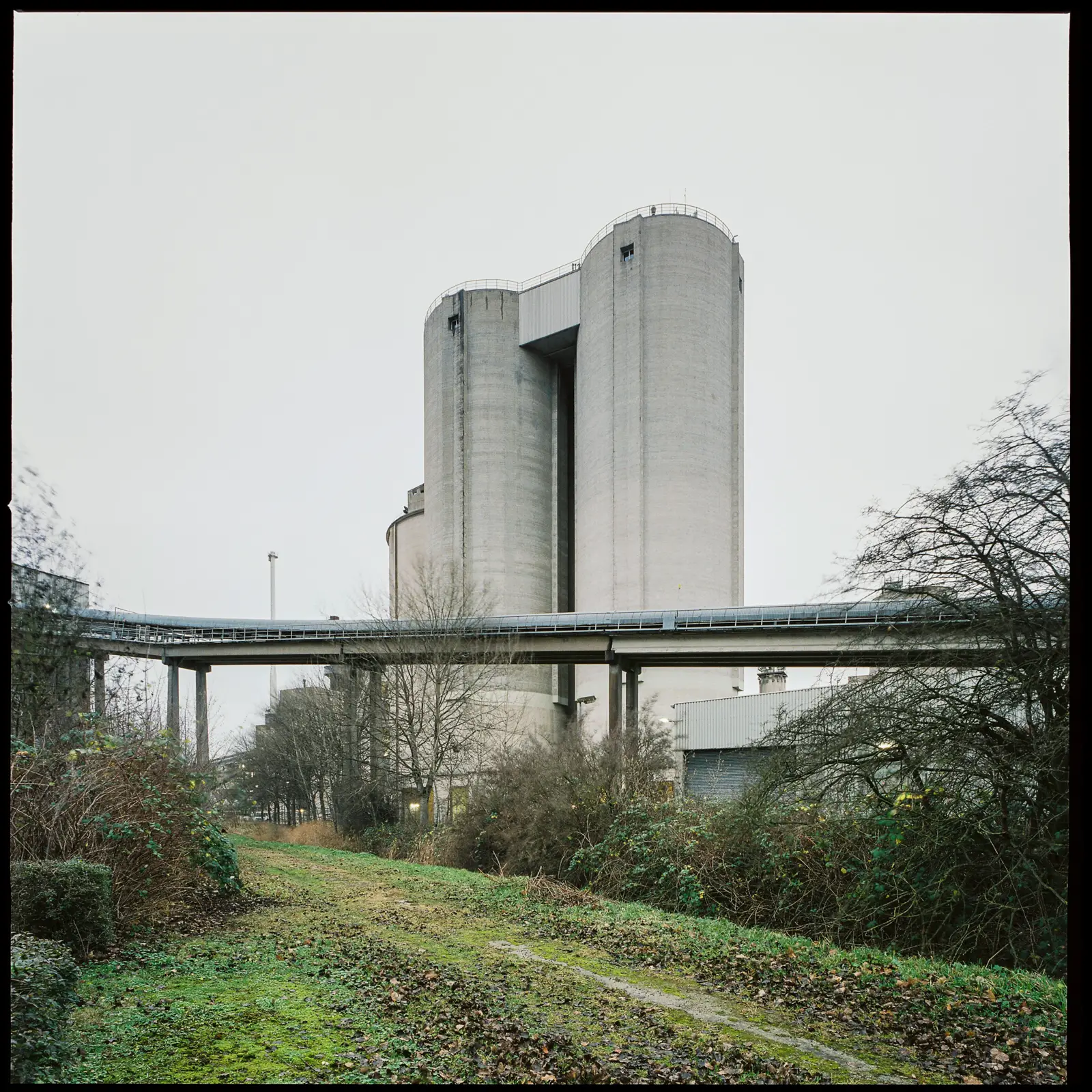
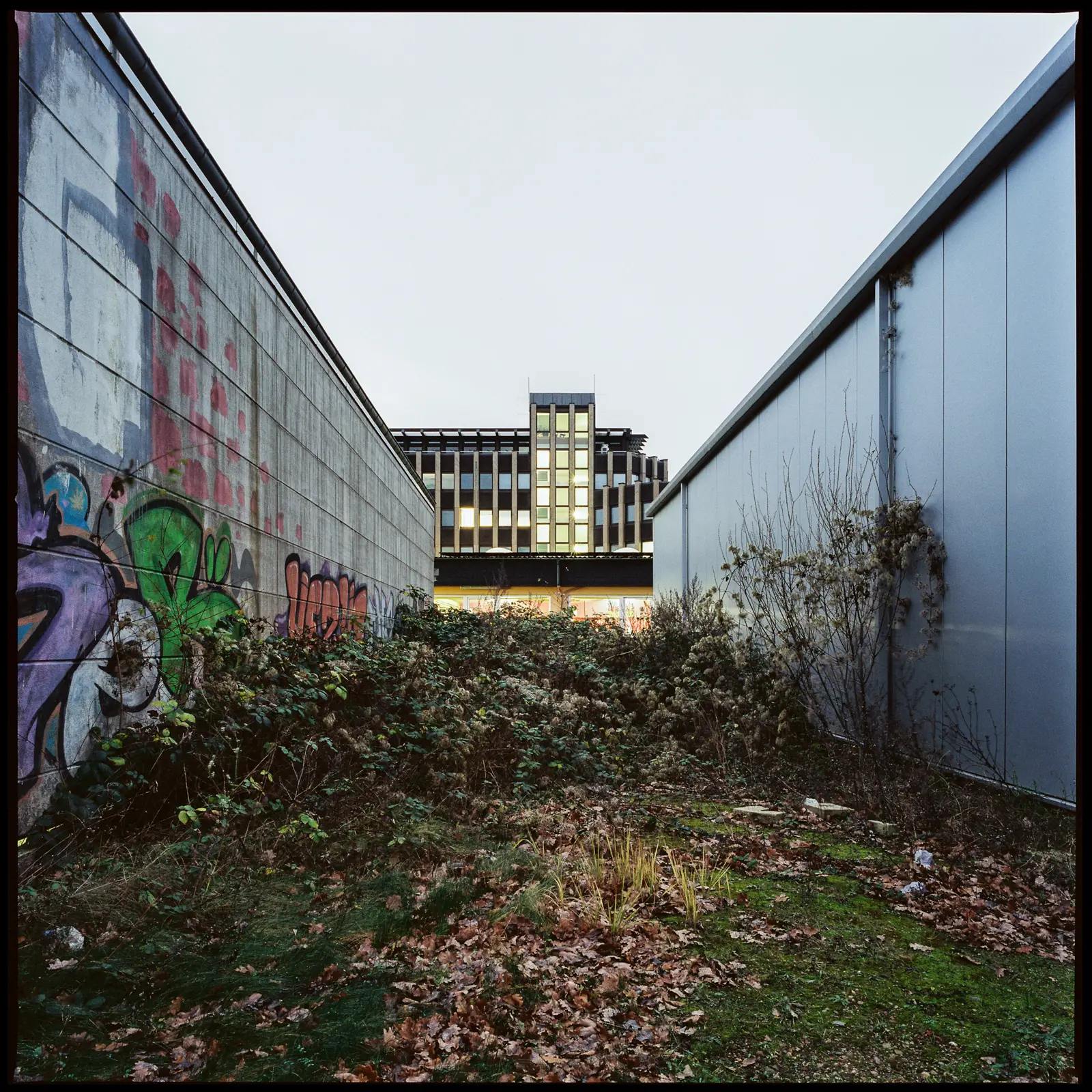
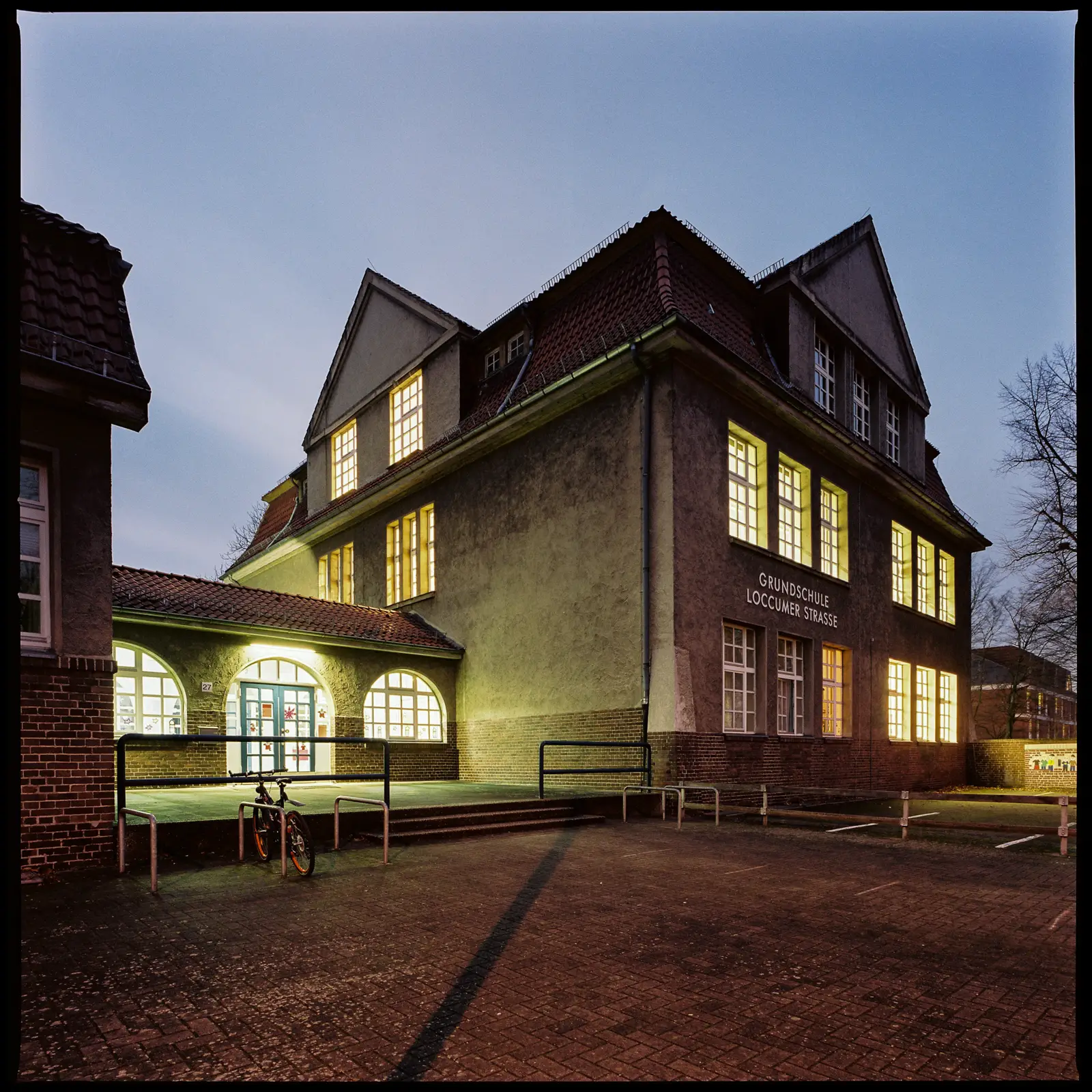
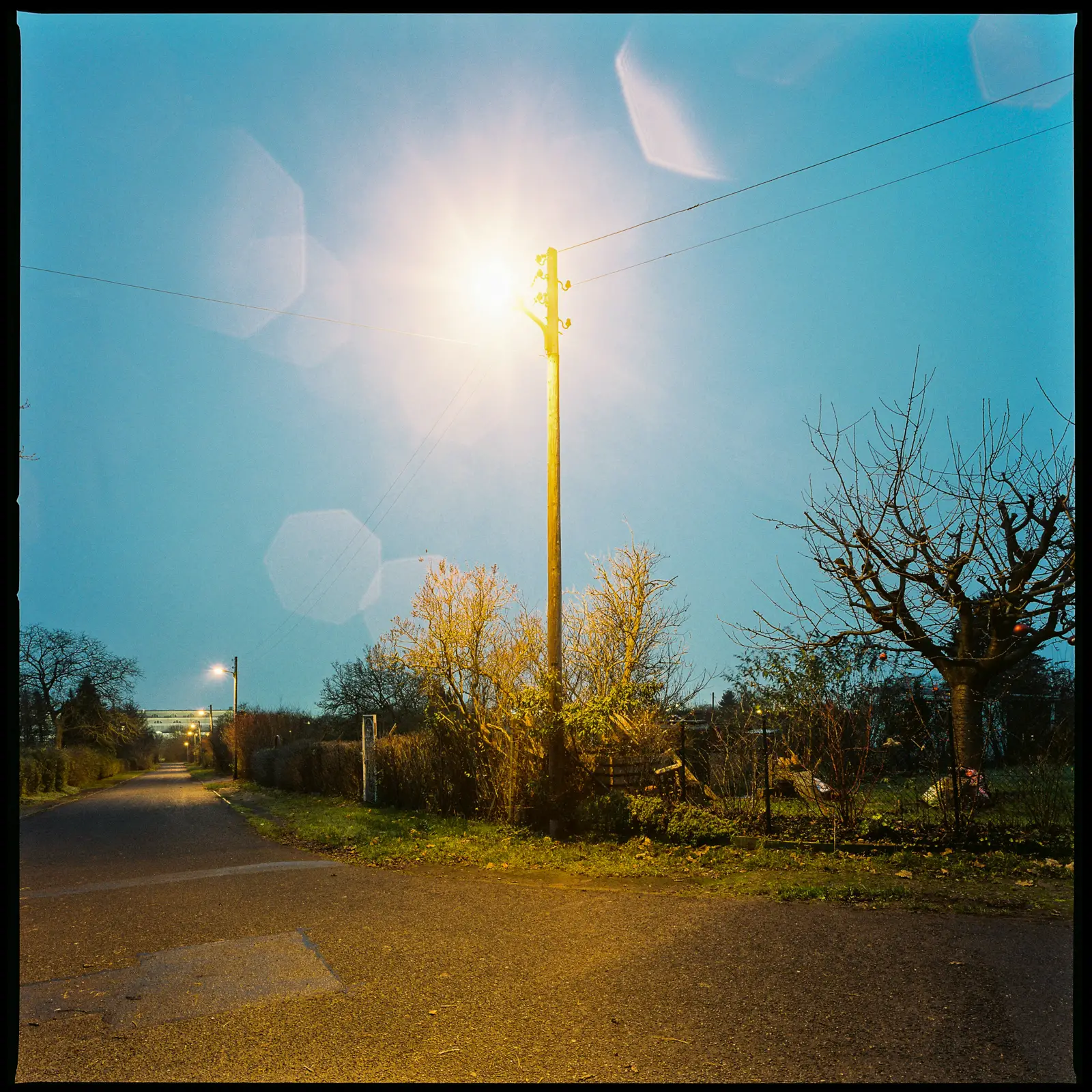
Closing Thoughts on my Run-Down Places Project
I pretty much enjoyed my recent winter project. Getting out when the weather is adverse and the light scarce nicely complements the coziness of my apartment. There is a huge satisfaction for me to drive around in search of run-down places, capture some shots during a rainy dusk and then cycling back home with a hot tea or coffee in mind. Apart from that, bad weather often results in interesting photographs. Because these conditions let otherwise boring places shine and emphasize their “run-downiness”.
I think that most of the places I explored are kinda universal. They could be found in the same or similar way in numerous other (German) cities. With the slight exception of the water tank (image #12), I wouldn’t recognize any of the structures as a typical Hannover sight. So let me finally invite you to discover your own city’s shabby corners!
Share this post:
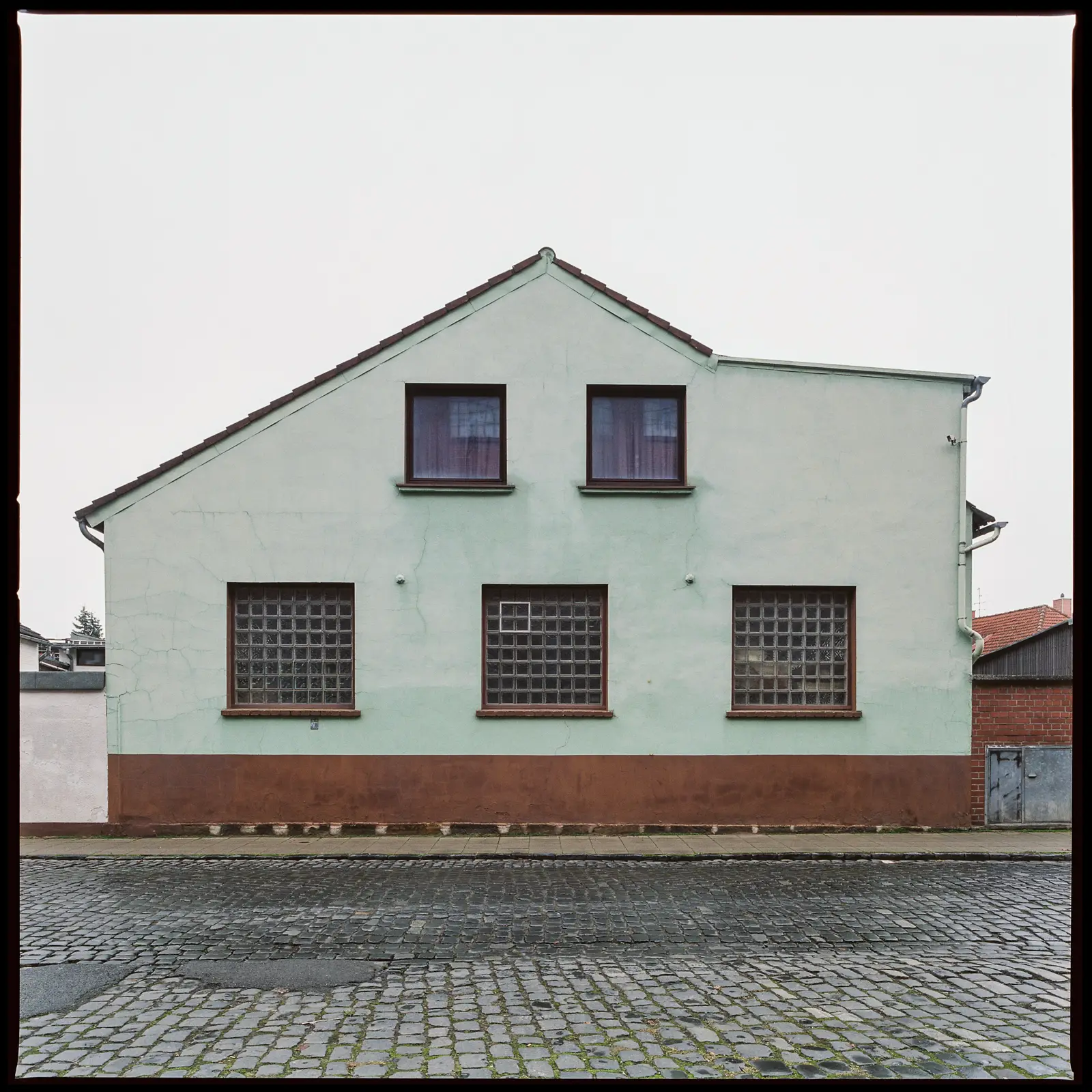








Comments
Pablo on Photographing Run-Down Places – By Christian Schroeder
Comment posted: 18/02/2022
As an architecture photographer and film enthusiast I loved the corrected verticals which almost anyone uses in film photography nowadays.
Thanks for sharing, it's really inspiring to see this beauty in such utilitarian places, makes you want to go out and shoot and avoid excuses like you have no cool locations.
Comment posted: 18/02/2022
Martin Siegel on Photographing Run-Down Places – By Christian Schroeder
Comment posted: 18/02/2022
Take care and regards
Martin in Austria
Comment posted: 18/02/2022
rock on Photographing Run-Down Places – By Christian Schroeder
Comment posted: 18/02/2022
Comment posted: 18/02/2022
Wiley on Photographing Run-Down Places – By Christian Schroeder
Comment posted: 18/02/2022
Thank you for posting the project.
Comment posted: 18/02/2022
John Furlong on Photographing Run-Down Places – By Christian Schroeder
Comment posted: 18/02/2022
Comment posted: 18/02/2022
Kodachromeguy on Photographing Run-Down Places – By Christian Schroeder
Comment posted: 18/02/2022
Comment posted: 18/02/2022
Comment posted: 18/02/2022
Arthur Gottschalk on Photographing Run-Down Places – By Christian Schroeder
Comment posted: 18/02/2022
Comment posted: 18/02/2022
sonny rosenberg on Photographing Run-Down Places – By Christian Schroeder
Comment posted: 18/02/2022
Comment posted: 18/02/2022
Comment posted: 18/02/2022
Comment posted: 18/02/2022
Bill Brown on Photographing Run-Down Places – By Christian Schroeder
Comment posted: 19/02/2022
Thanks for the beautiful work and insightful words. Your previous posts have been my inspiration.
Comment posted: 19/02/2022
Gary on Photographing Run-Down Places – By Christian Schroeder
Comment posted: 19/02/2022
Comment posted: 19/02/2022
Comment posted: 19/02/2022
Kevin Pritchard on Photographing Run-Down Places – By Christian Schroeder
Comment posted: 19/02/2022
If I want to do this I use Sony a7 series. Using a wide lens and levelling the camera so the building is in upper part of frame helps. Then straighten verticals in Gimp and crop. It looks fairly convincing but you lose resolution and I am sure results are much inferior to the Hassie Arc system.
Comment posted: 19/02/2022
Gene Wilson on Photographing Run-Down Places – By Christian Schroeder
Comment posted: 20/02/2022
Comment posted: 20/02/2022
Arthur Gottschalk on Photographing Run-Down Places – By Christian Schroeder
Comment posted: 20/02/2022
Comment posted: 20/02/2022